Weekly Tech Recap - № 142 - AlphaGo Zero, Fall Creators Update, Nervana processors and robots
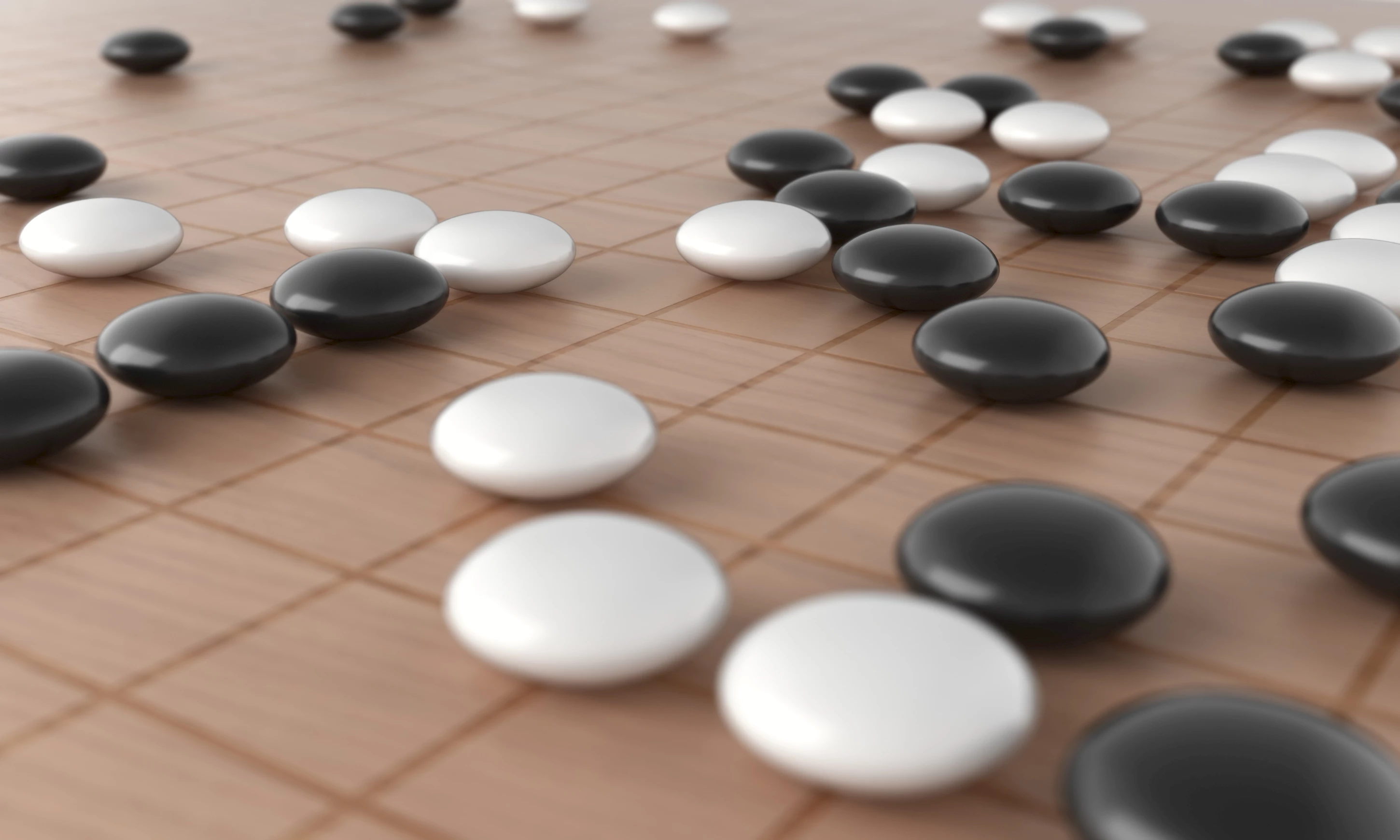
AlphaGo Zero
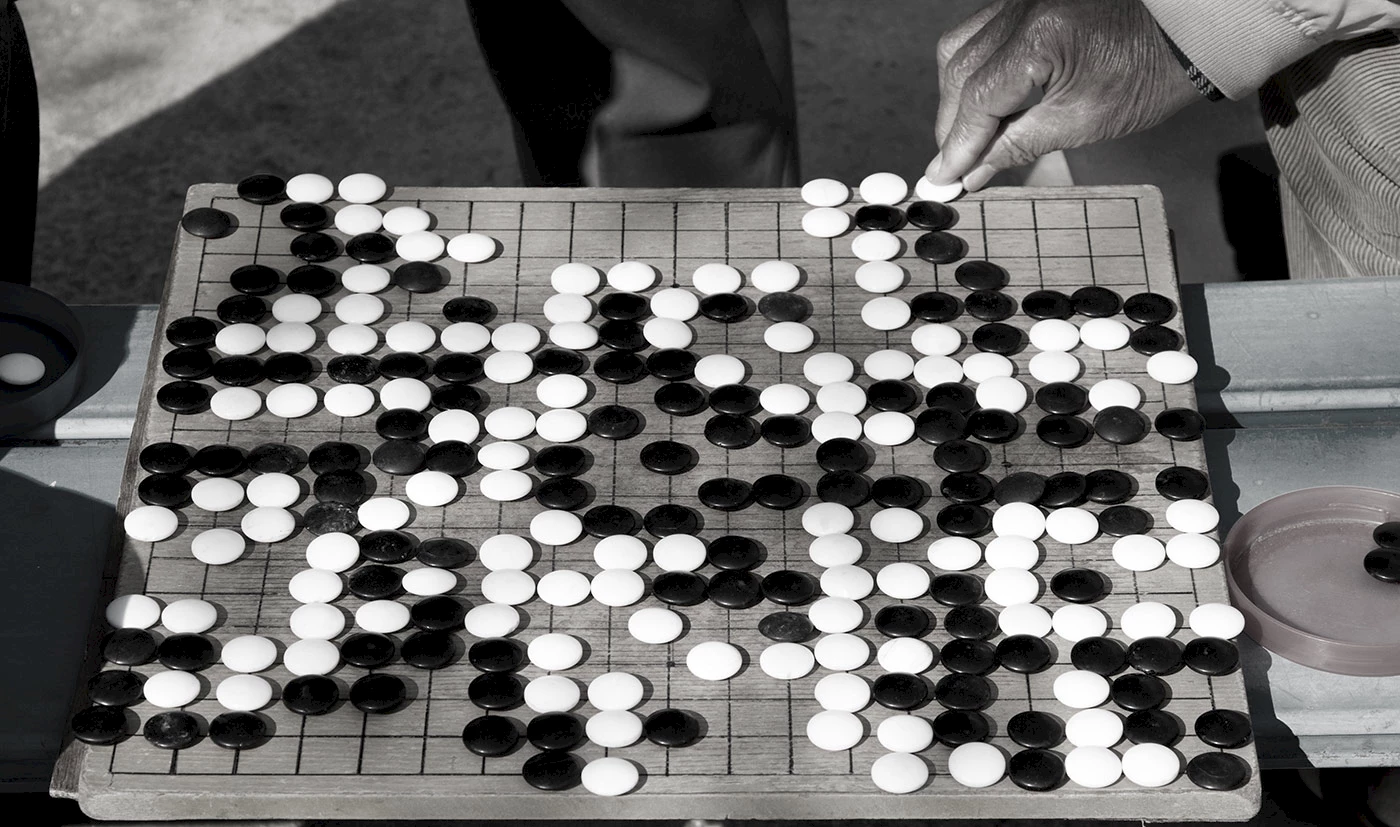
Game of Go. © iStock.
Google’s DeepMind lab has developed AlphaGo Zero, an artificial intelligence programme that is exceptional because it was able to teach itself to play Go. Google says the programme independently acquired “superhuman abilities”, becoming virtually unbeatable in just a few days. AlphaGo Zero started out not knowing a single strategy for playing Go, a centuries-old Chinese game in which two players use black and white stones to control as much territory as possible. It took AlphaGo Zero just under four days to beat its predecessor, AlphaGo, which in turn beat the best human player in the world, South Korean Lee Sedol, just last year. “The most important idea in AlphaGo Zero is that it learns completely tabula rasa — that means it starts from a blank slate and figures out for itself, only from self-play, without any human knowledge, any human data, without any human examples or features or intervention from humans”, said lead AlphaGo researcher David Silver in a Nature interview. Which isn’t to say that DeepMind has developed an AI capable of doing anything. To train itself, AlphaGo Zero has to be limited to a problem where clear rules limit its actions. Within that framework, it can discover strategies that would never have been thought up by humans, which is when it is at it’s most impressive.
⇨ Ars Technica, “New neural network teaches itself Go, spanks the pros.”
Fall Creators Update
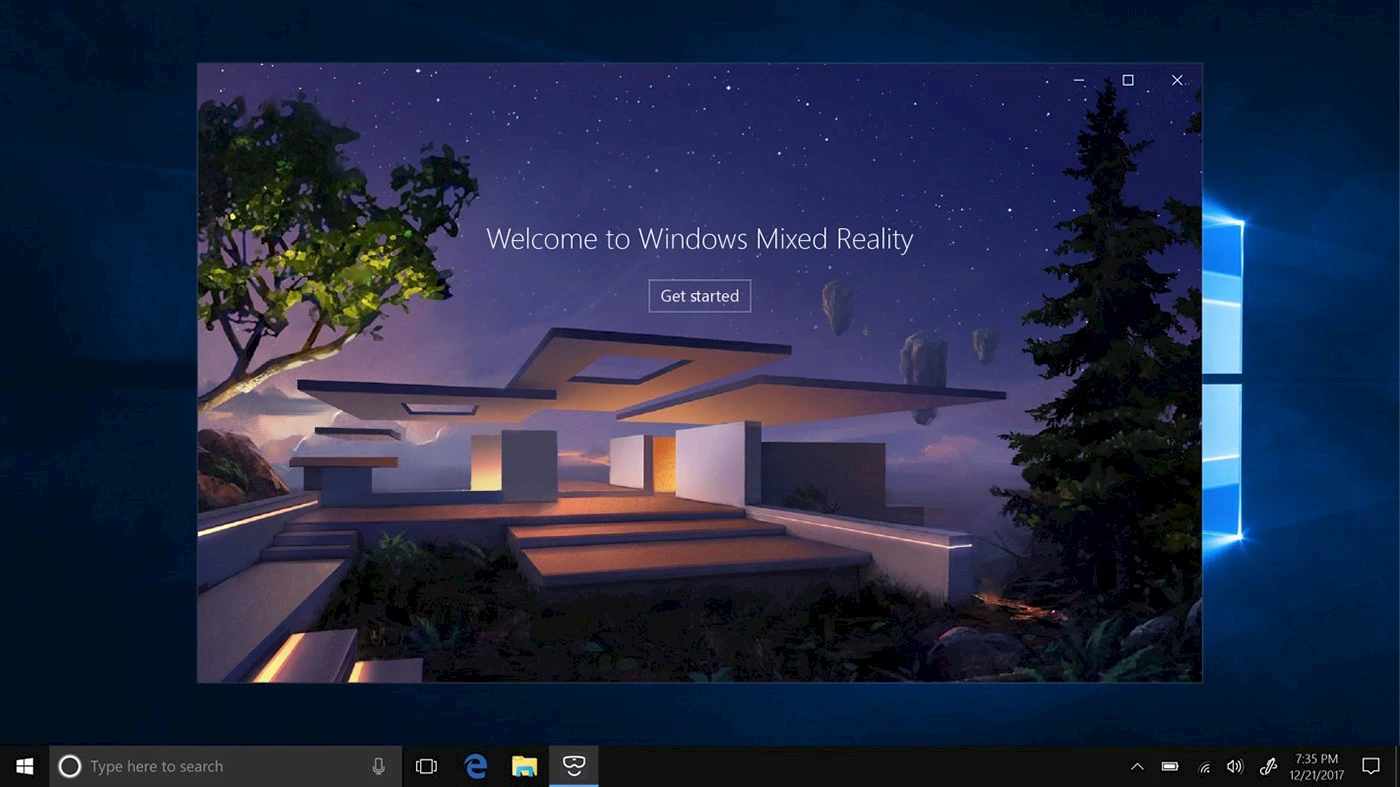
Windows Mixed Reality. © Microsoft.
It’s here: Windows 10, the “Fall Creators” Update, is coming. If you’re too impatient to wait for it to reach Windows Update, you can forcibly install it manually with the Windows Update Assistant. This new version won’t revolutionize Microsoft’s operating system, but does provide some new capabilities in terms of storage, video editing and communication. But the major innovation is the support and management of VR headsets compatible with Microsoft’s VR/AR platform, Windows Mixed Reality. Microsoft’s goal is to democratize VR/AR technology by combining simple installation and affordable prices.
⇨ Ars Technica, “Windows 10 Fall Creators Update: Lots of small changes—and maybe the revolution.”
Intel Nervana Neural Network Processor
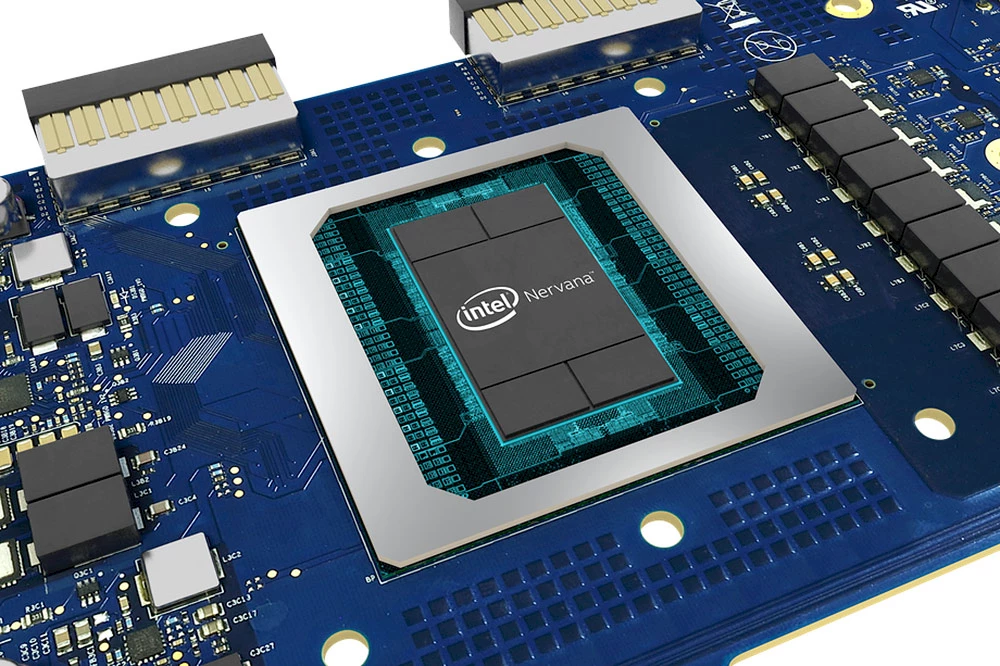
Nervana chip. © Intel.
Intel unveiled a new family of processors specifically designed for AI applications, the Intel Nervana Neural Network Processors, or NNP. The move comes in a bid to keep up with Nvidia and ARM, two companies that have made strides in the field of graphics processors used for automatic learning. To quickly acquire the knowledge in-house, Intel made a series of strategic acquisitions, first buying the deep learning startup Nervana Systems (namesake of the processors) in August 2016, then chip manufacturer Movidius in September 2016, and finally driverless vehicle vision specialist Mobileye, in March 2017. Sadly, Intel remained coy about its processors’ processing power, and was vague about availability.
⇨ Circuit Breaker, “Intel unveils new family of AI chips to take on Nvidia’s GPUs.”
Have Tail, Will Flip
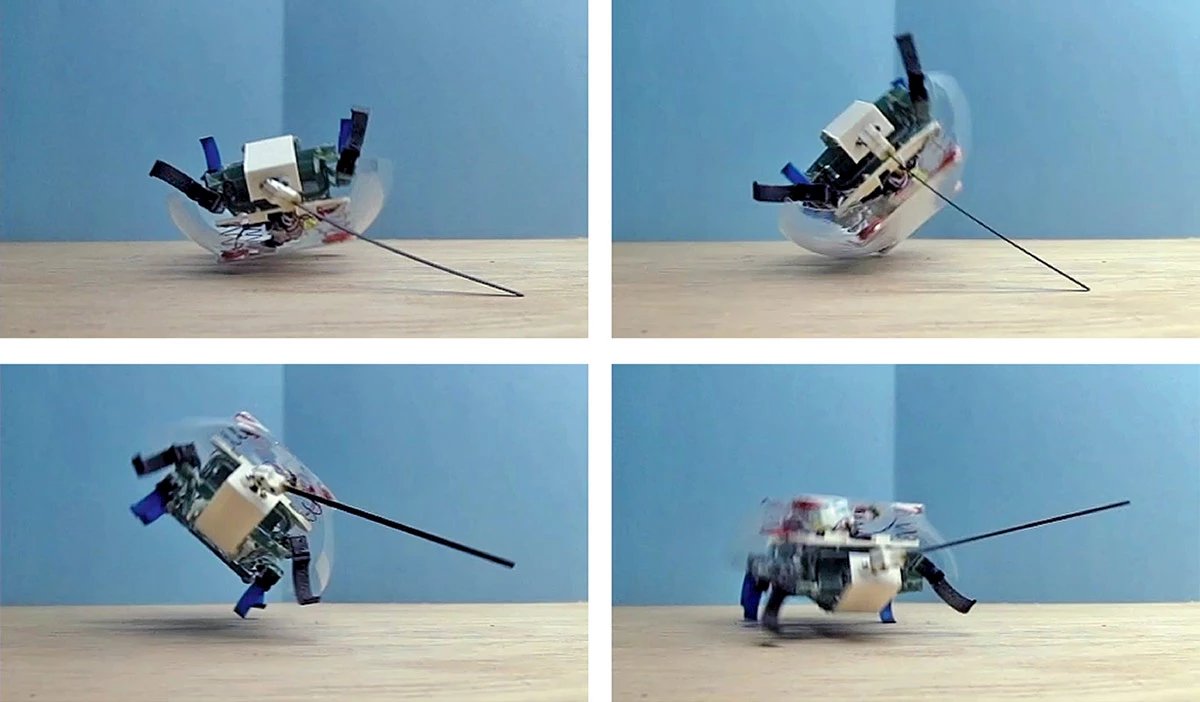
VelociRoACH. © UC Berkeley.
Ever see a roach on its back, flailing its legs around helplessly? Ron Fearing, of UC Berkeley’s Biomimetic Millisystems Lab, has the answer to their prayers: a tail. Biomimetic Millisystems has been working on cockroach robots for years. At IROS 2017, it presented a roach with a tail, able to easily and quickly flip itself over on its stomach. Besides a tail, the 77.5-gram, 18-centimeter-long VelociRoACH also has a protective polycarbonate shell for impact protection, meaning it can fall down a flight of stairs unharmed, roll over, and scurry on its merry way.
⇨ IEEE Spectrum, “Cockroach Robot Grows Tail, Does Flips.”
101 Quadrupeds
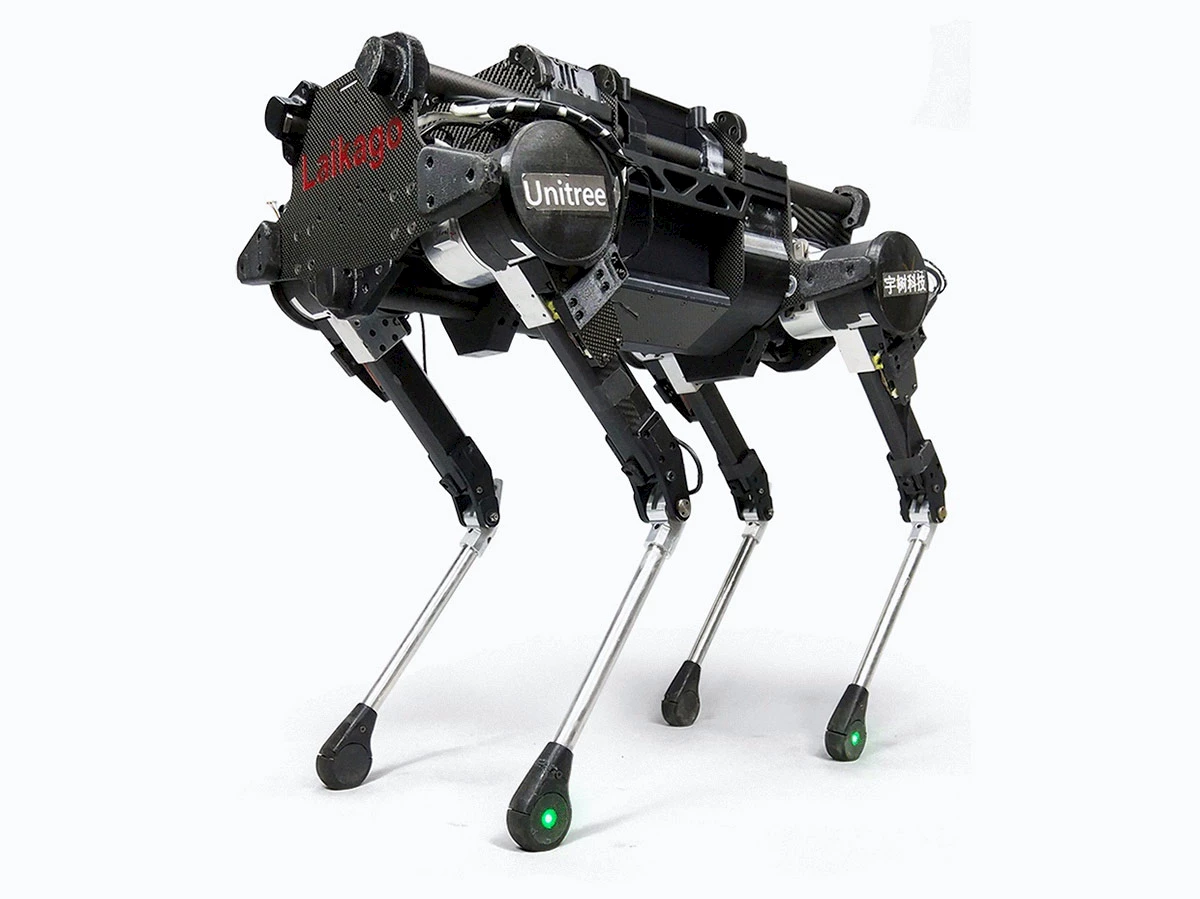
Laikago. © Unitree Robotics.
We all know and love Boston Dynamics’ BigDog, AlphaDog, Spot, SpotMini, and other robots it has introduced over the years. So does Xing Wang, a Chinese roboticist and founder of his own robotics company, called Unitree Robotics. Unitree’s first robot is – unsurprisingly – a dog, called Laikago after Laika, the Soviet cosmodog. Wang’s goal is to make legged robots as common and affordable as smartphones and drones. Laikago can’t do anything on its own for the moment, but Wang hopes that with some improvements, it could help humans with tasks such as delivering packages, carrying objects or keeping people company. One thing Laikago can do right now is to remain stable on uneven surfaces, including when kicked.
⇨ IEEE Spectrum, “This Robotics Startup Wants to Be the Boston Dynamics of China.”
